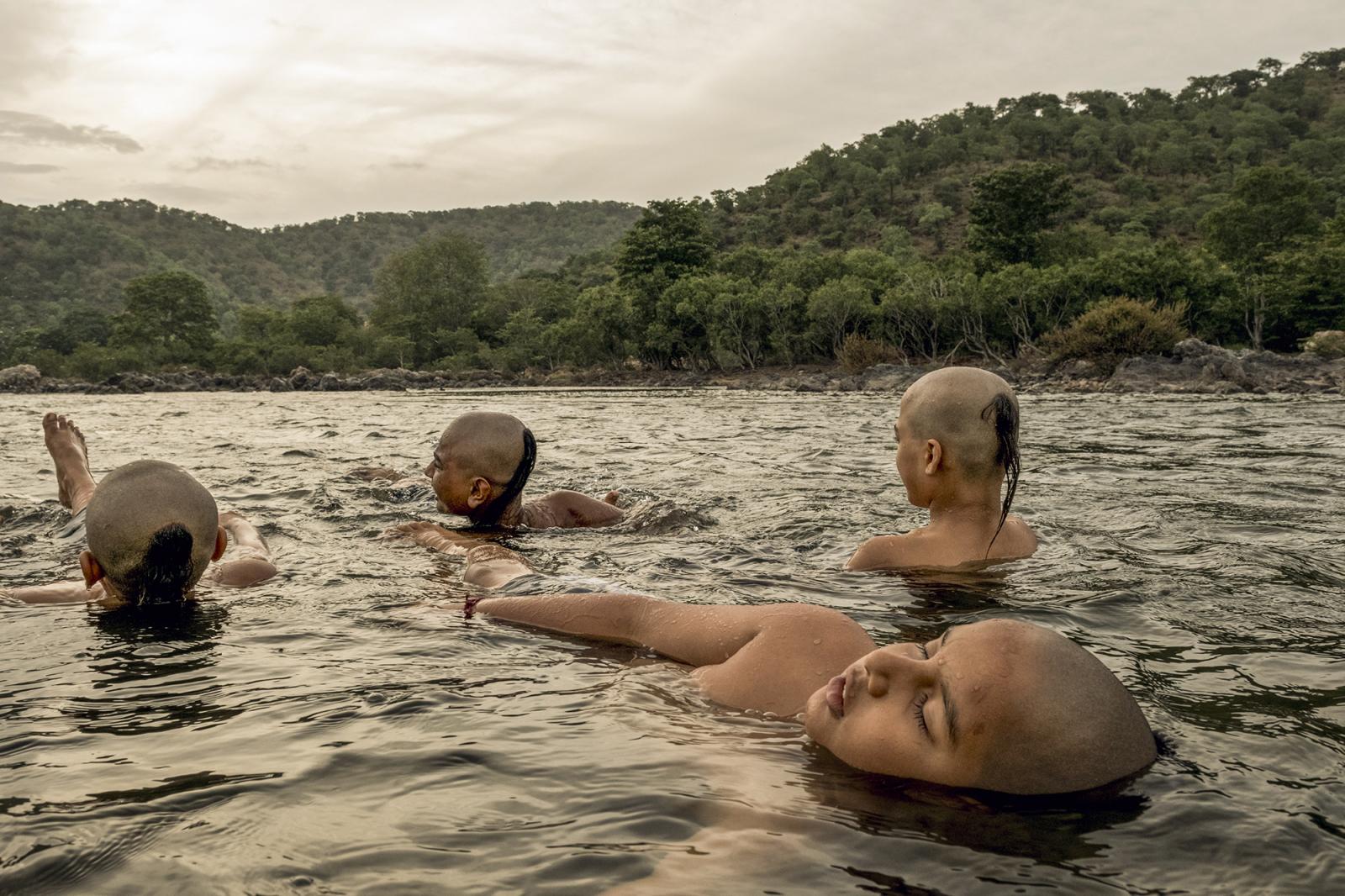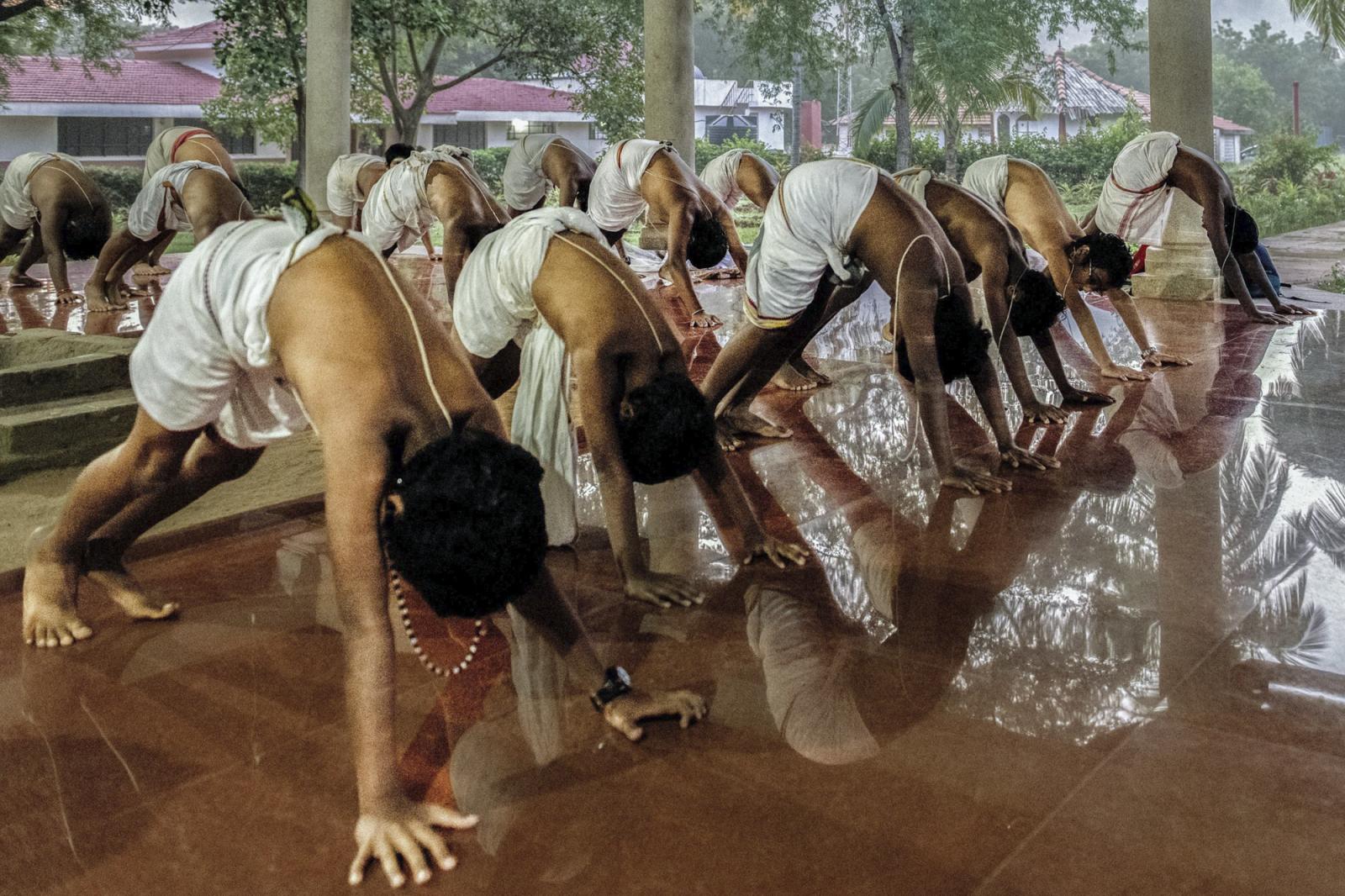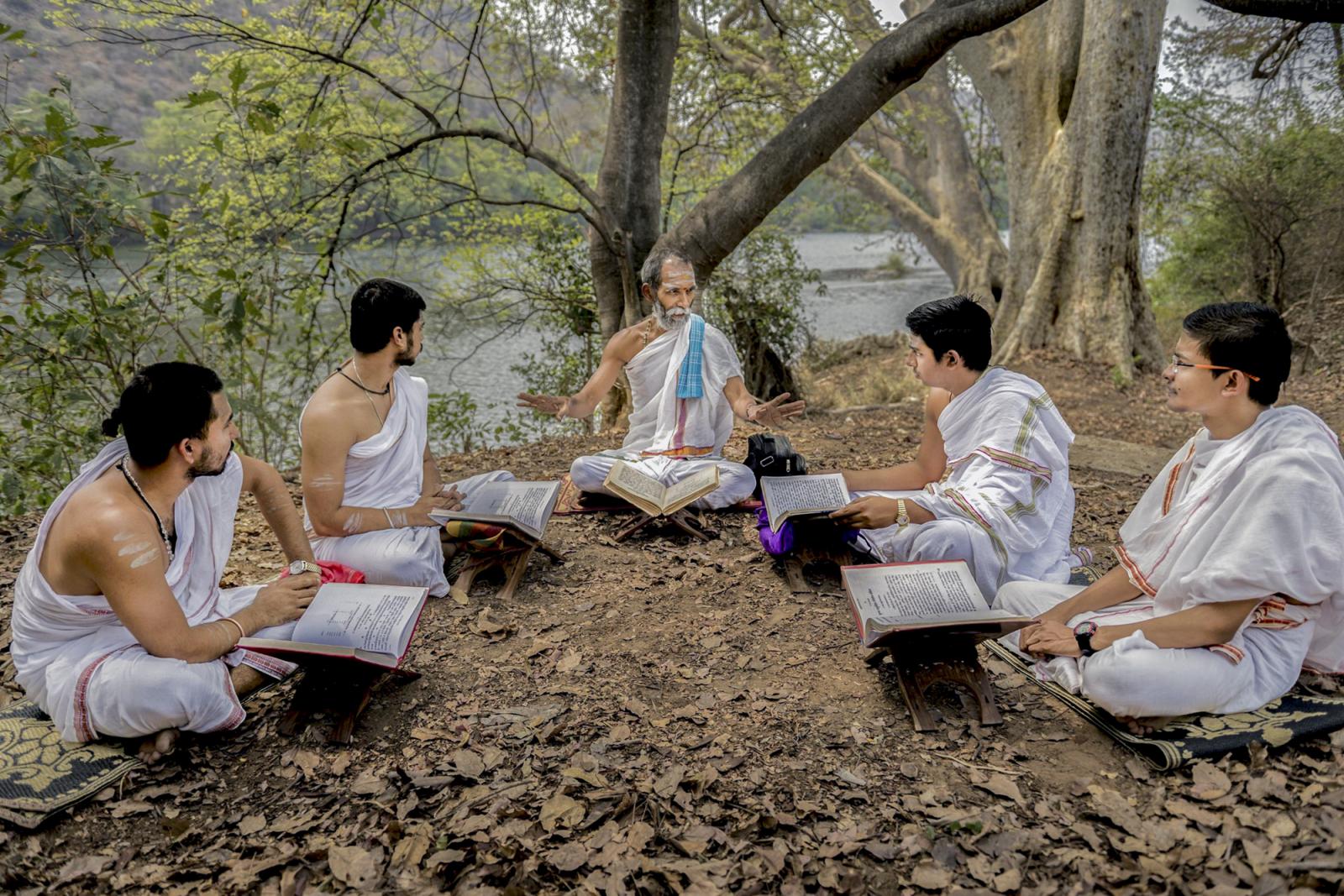Public Project
Roots of Yoga
In a world of digital noise and distraction, this ongoing work explores yoga in its original context—a Vedic Gurukula deep within Karnataka’s forests. Here, yoga is not exercise but a way of life, rooted in ritual, silence, and embodied memory. Students live with their guru, learning through chant, breath, and daily practice that unites mind, body, and spirit. At Om Shantidhama, yoga returns to its roots in ecology, devotion, and attentive living. This visual essay offers a counter-narrative to commercialised yoga, inviting reflection on how we learn, remember, and stay well in an anxious, accelerating world.
2,834








